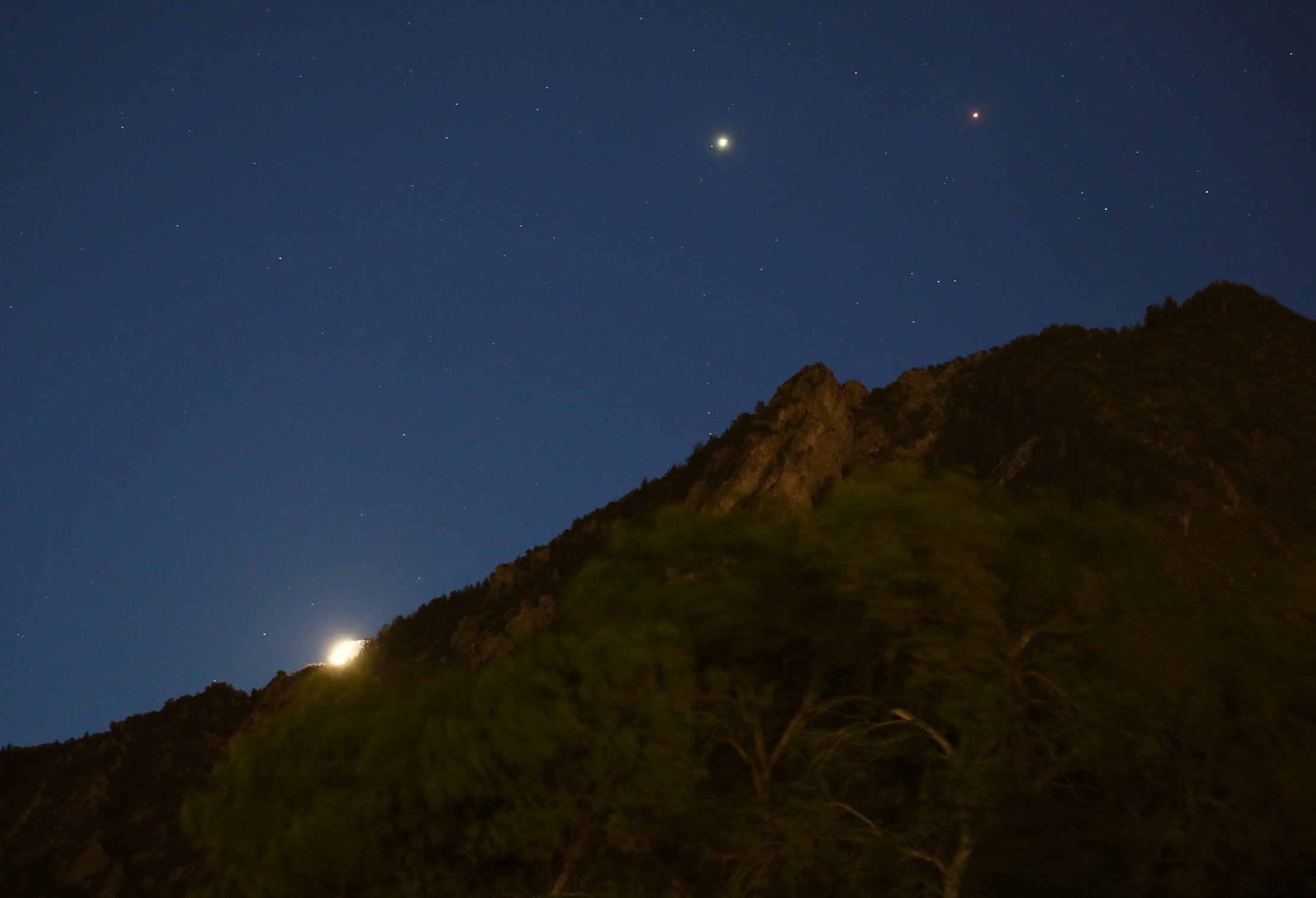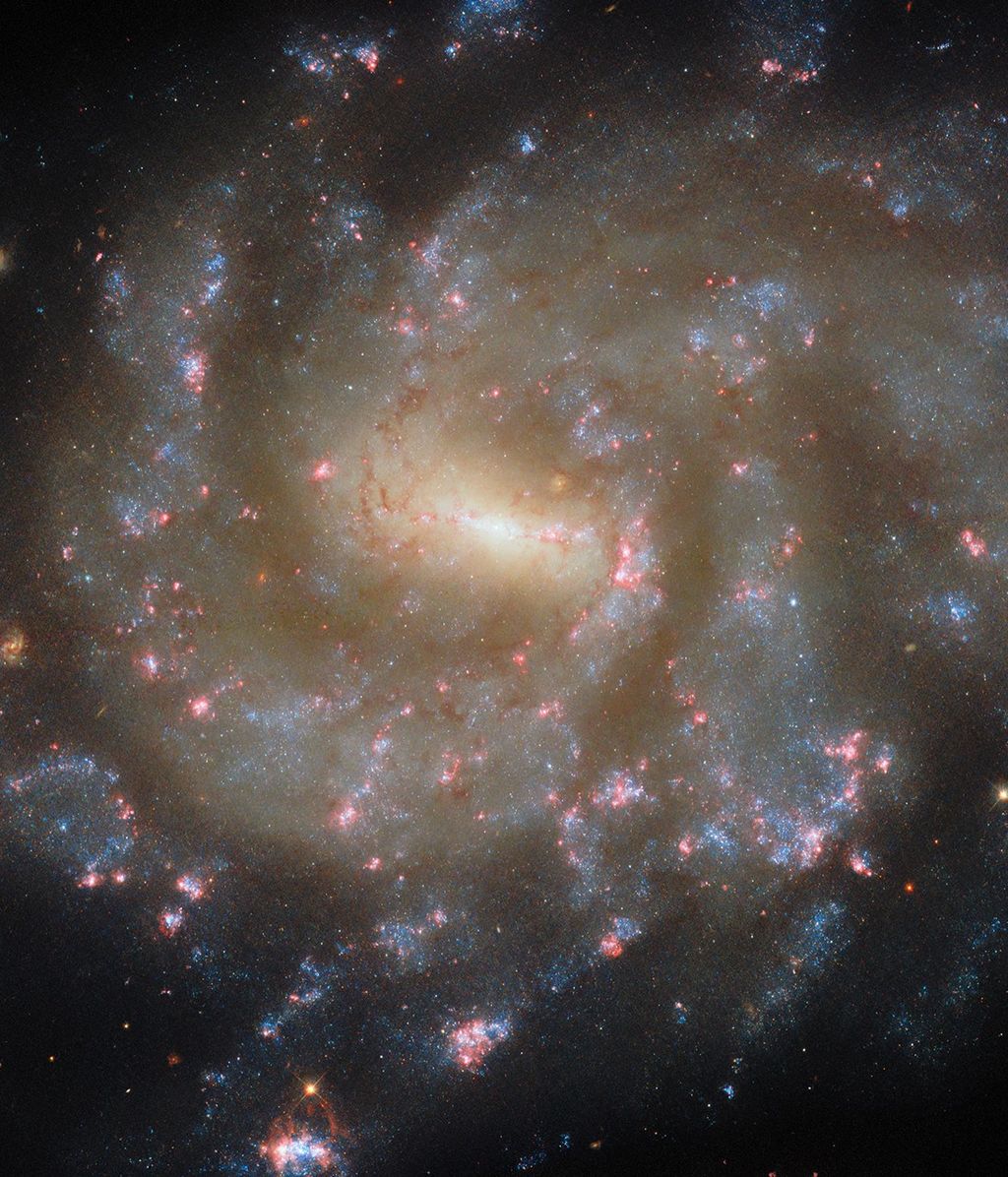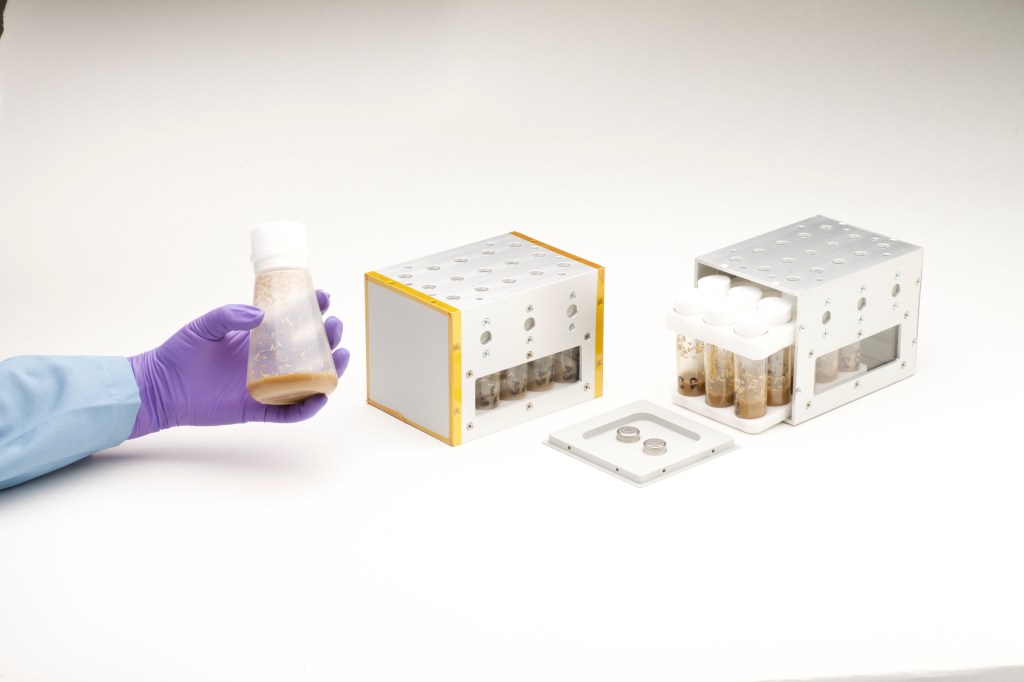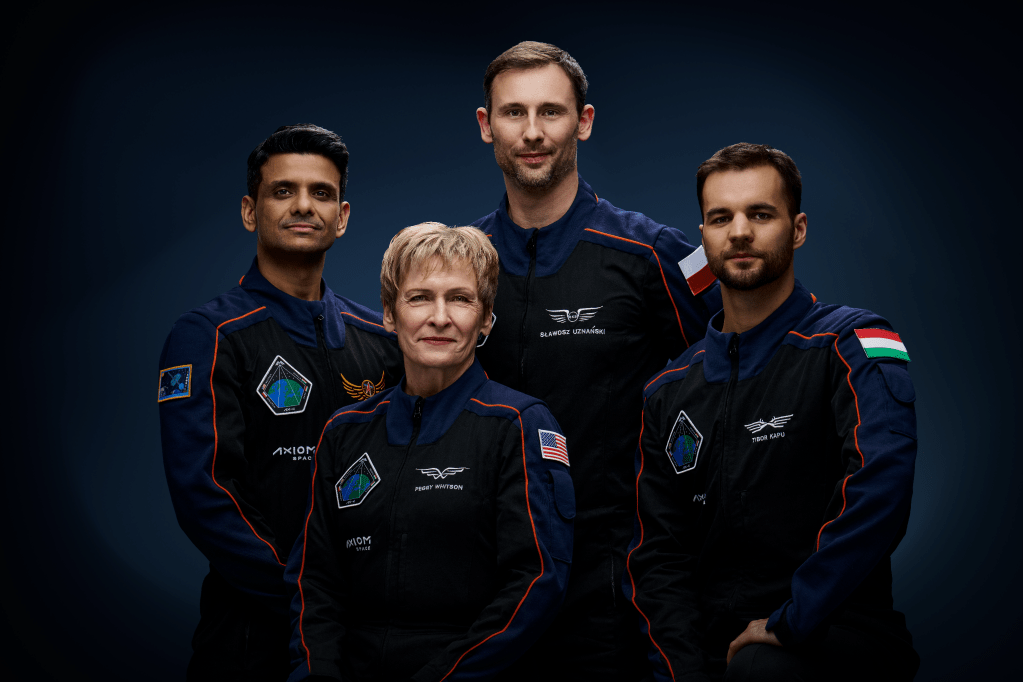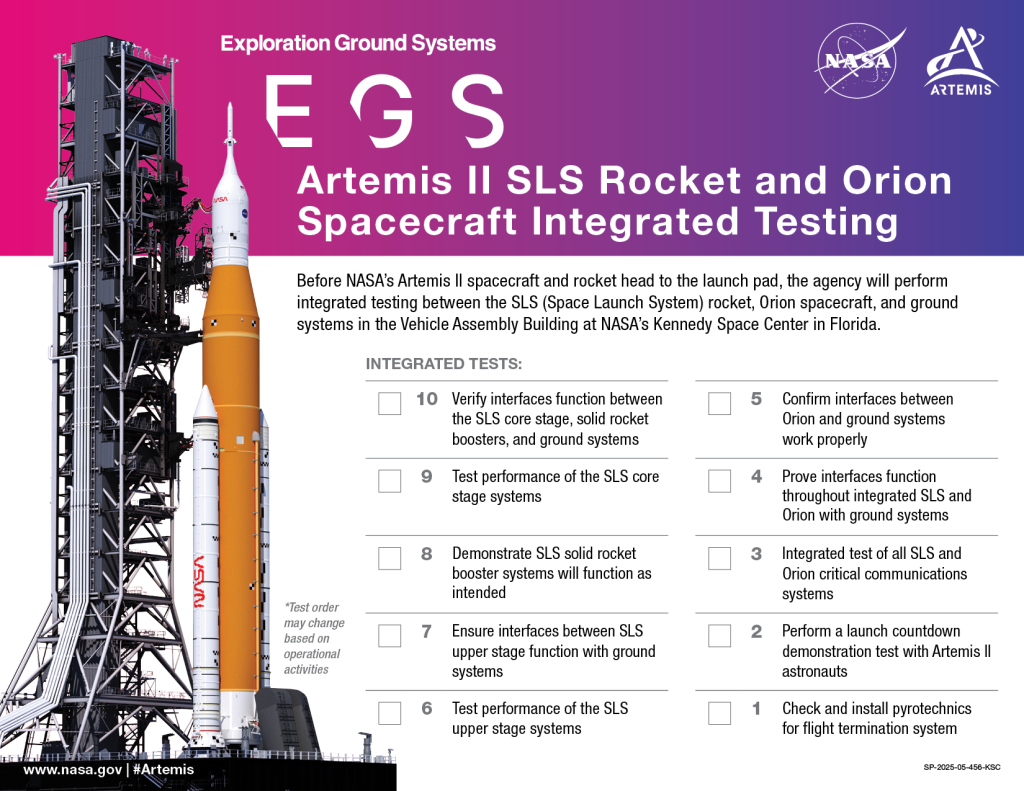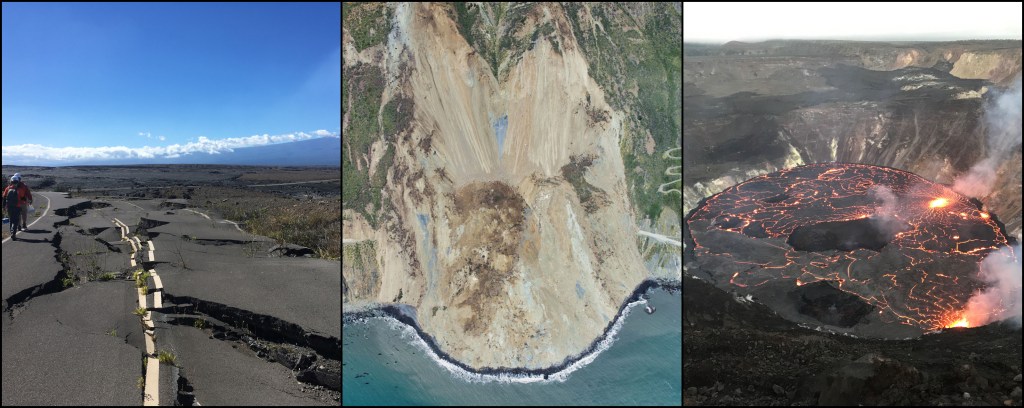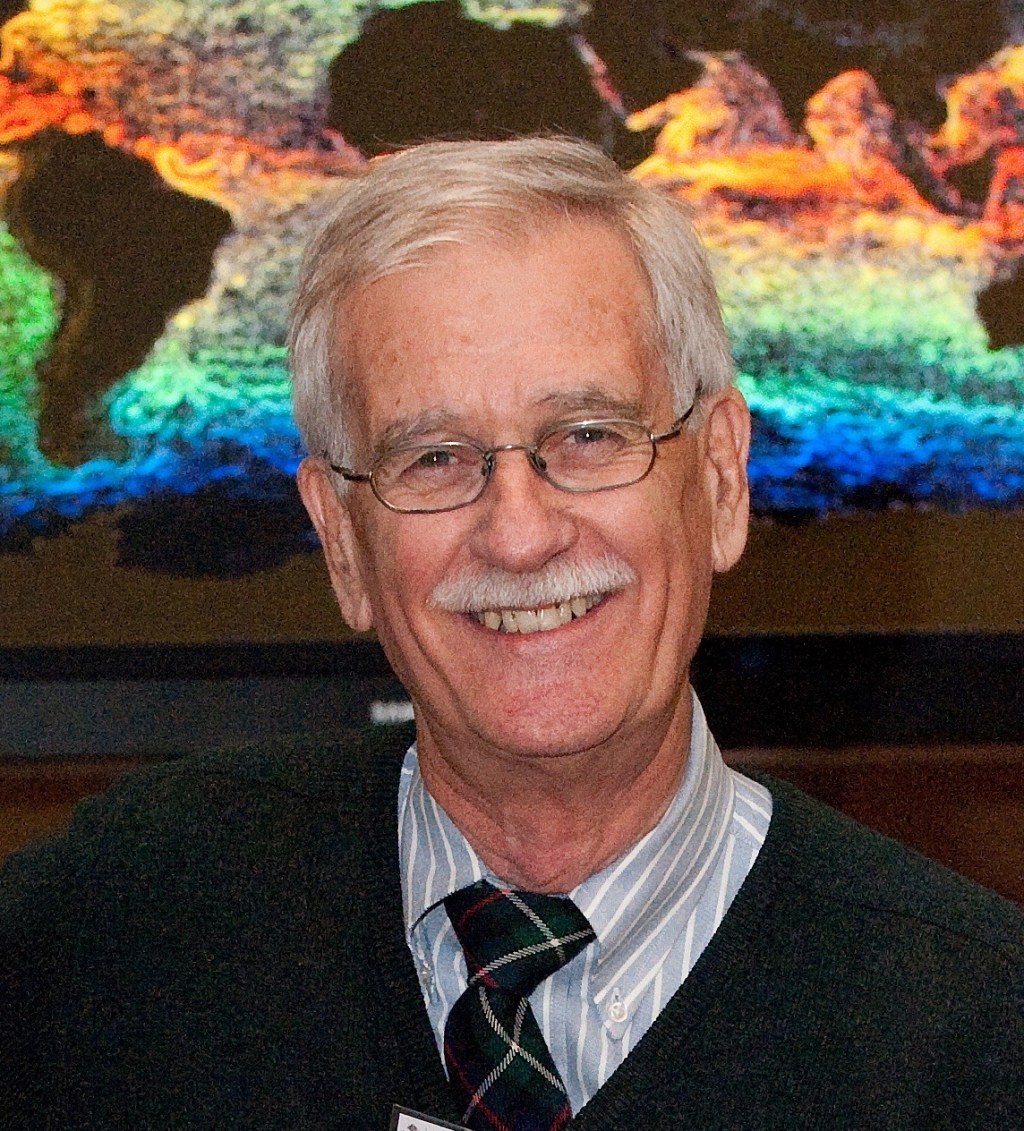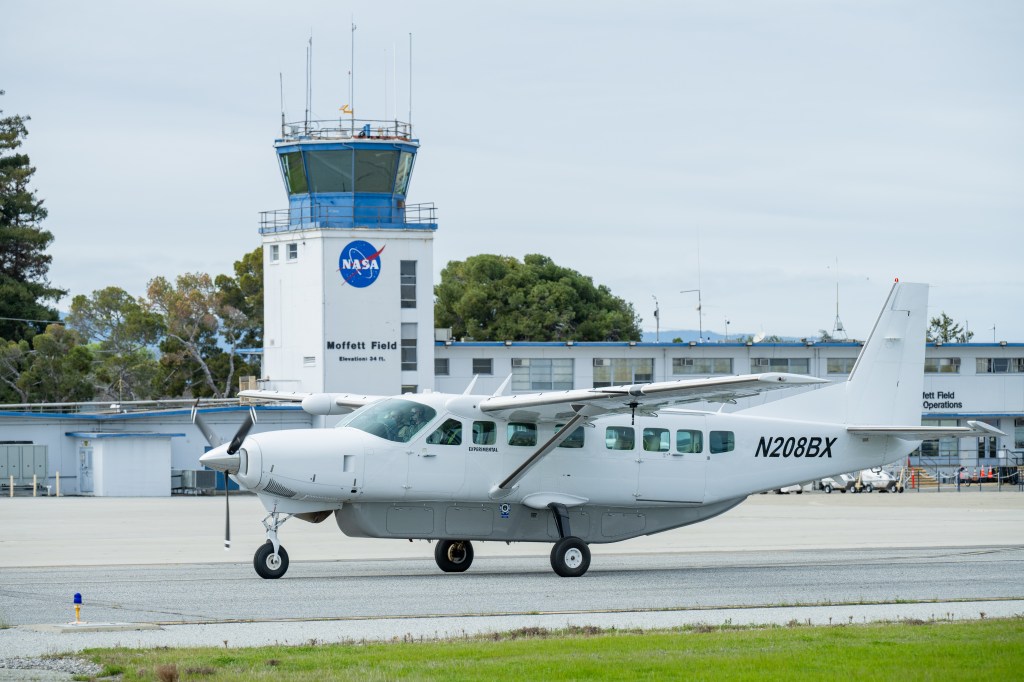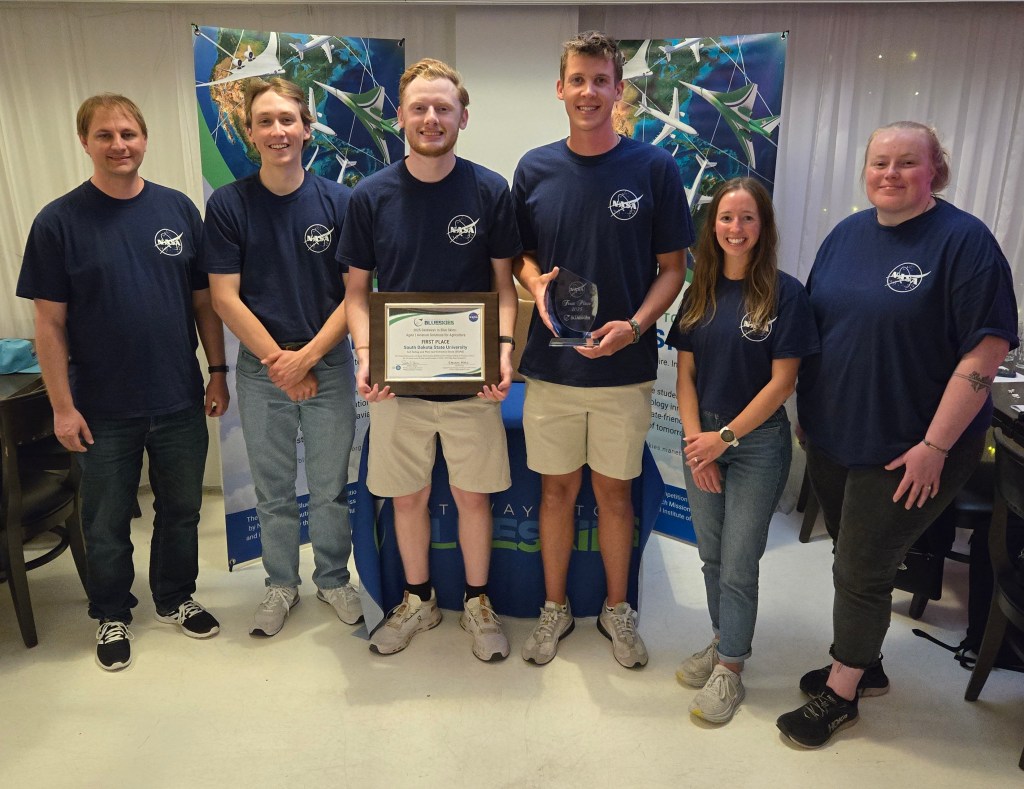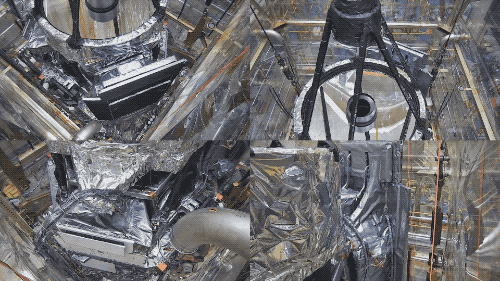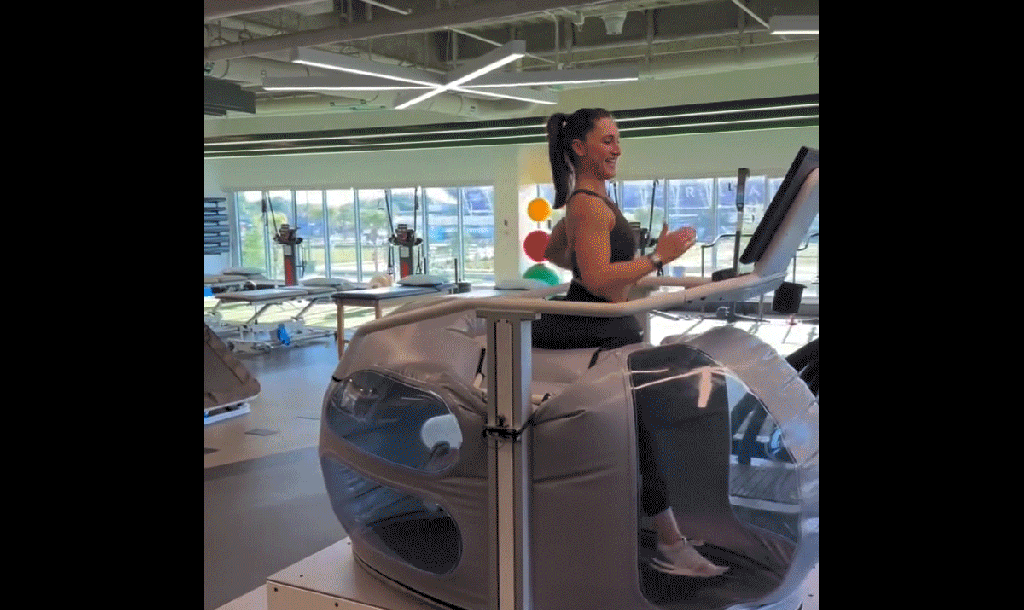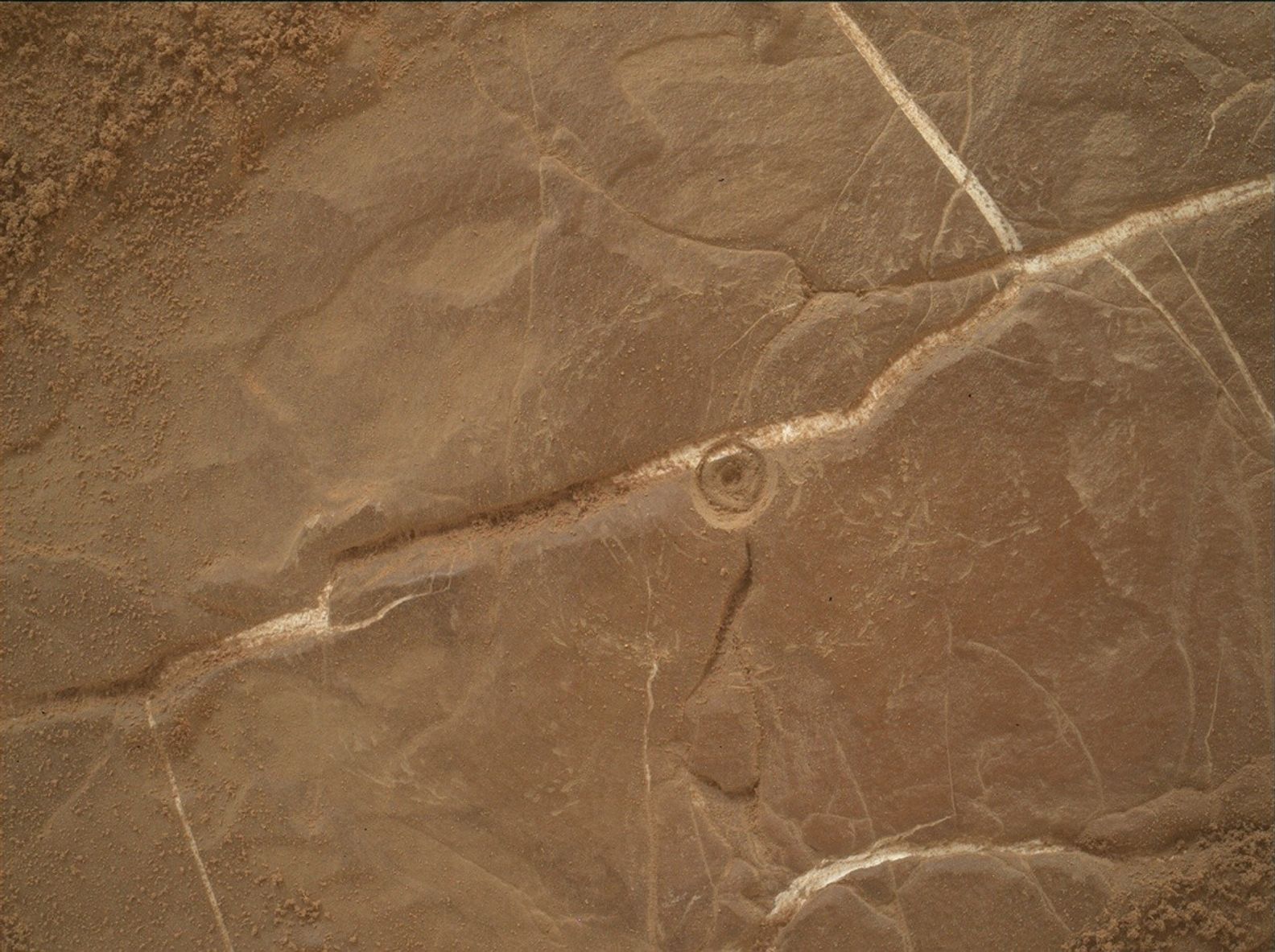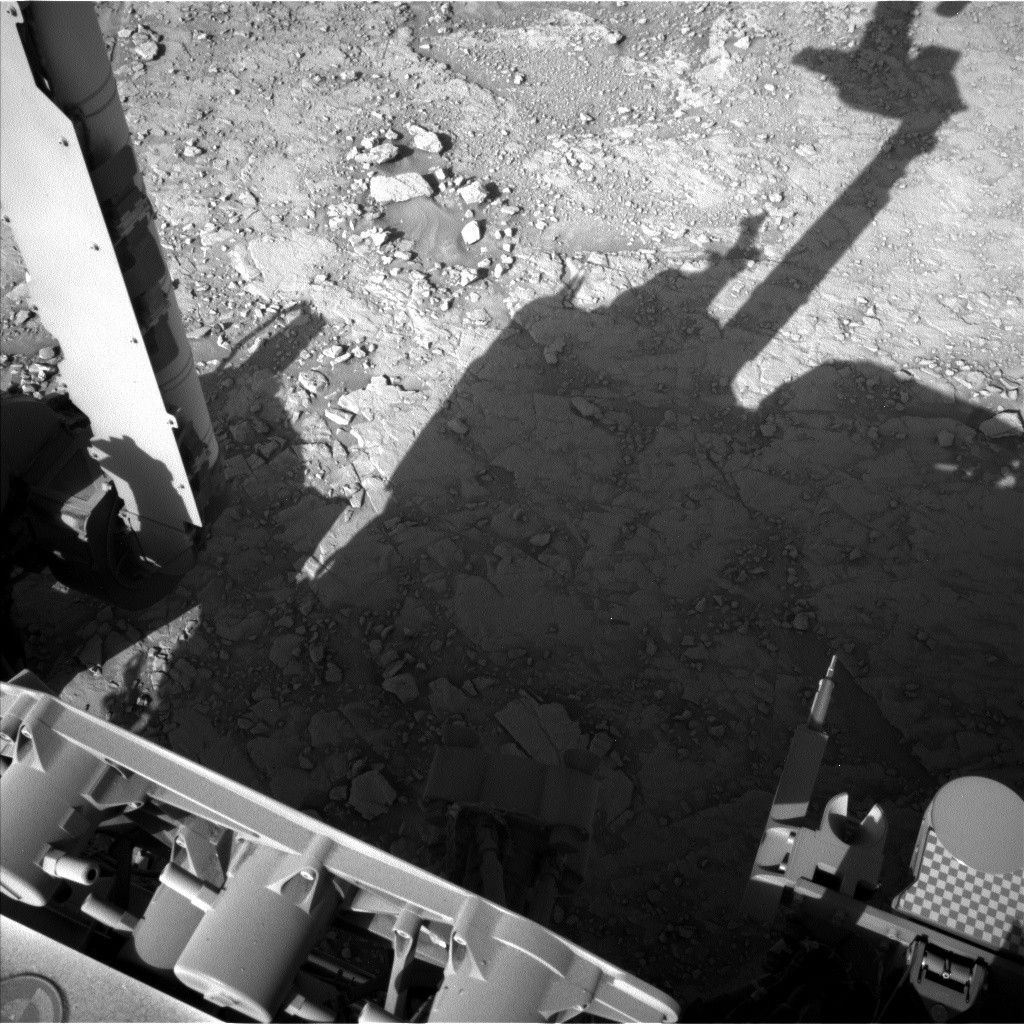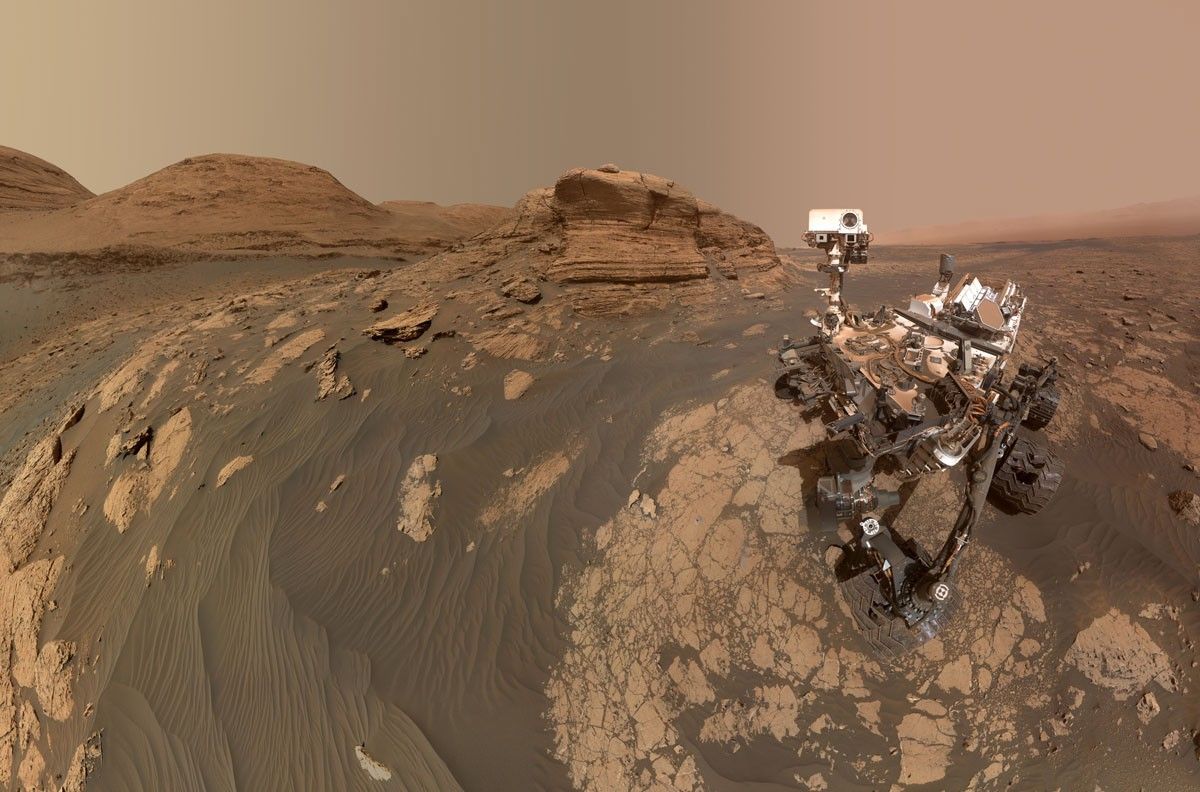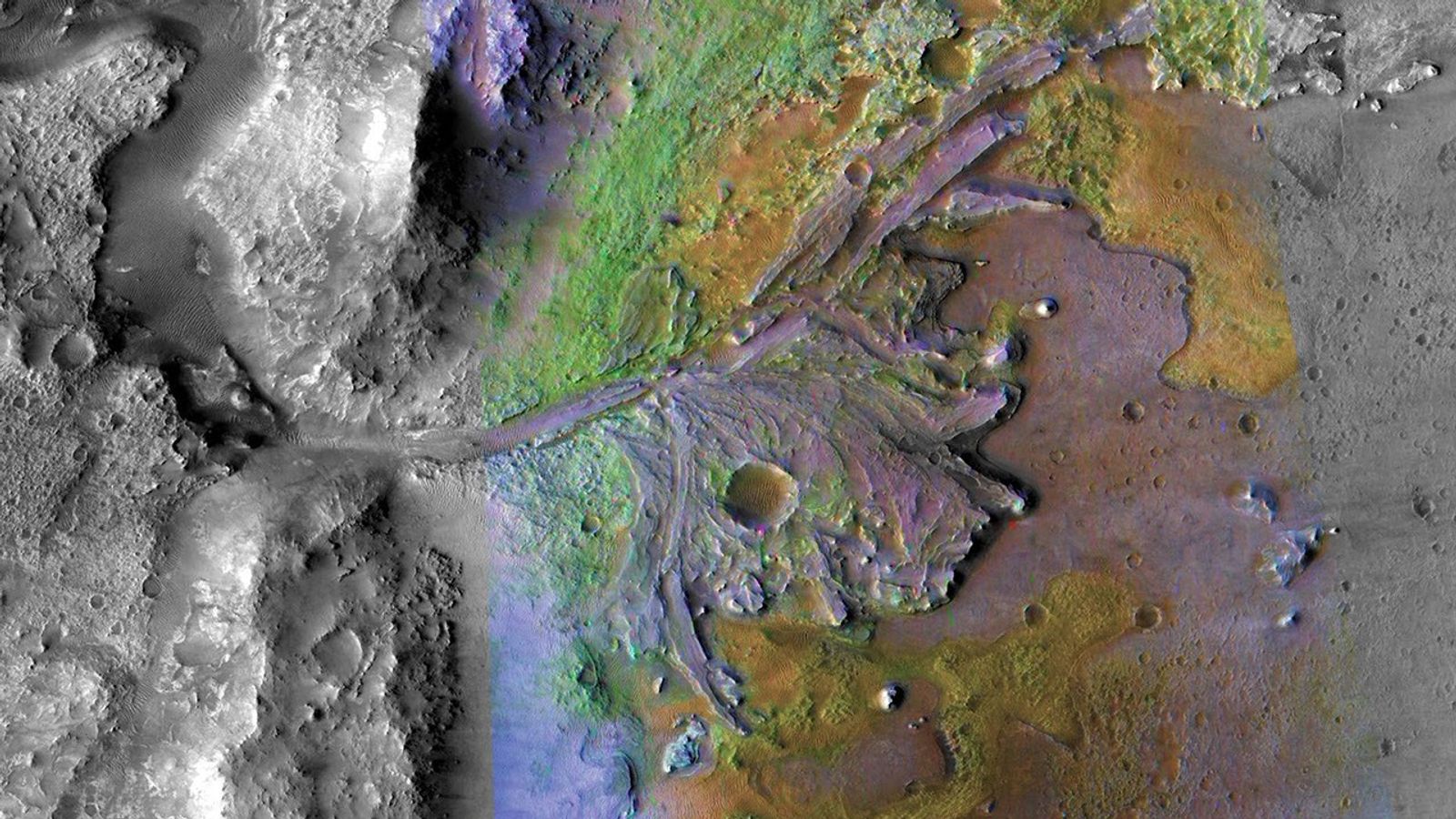I'm working second shift today; my tactical operations role isScience Uplink Representative.
I'm working second shift today; my tactical operations role is
Science Uplink Representative. As the title implies, my responsibility is
to represent the science team during the uplink planning process (preparing
command sequences to be transmitted to the spacecraft). The early part of
the MSL mission, called the Characterization Activity Phase, has been
planned and tested in detail; the nominal command sequences were loaded
onto the spacecraft well before landing. As long as the mission continues
to proceed nominally, no changes to the sequences will be needed, and the
uplink planning process will primarily involve modeling the planned
activities to confirm that they should be executed.
It was difficult to leave JPL soon after landing, but I knew I had to
get some sleep before my shift started at 5:30 PDT. I got almost 4 hours
of sleep, so I'm doing fine so far. I arrived at JPL as morning twilight
began, with Venus and Jupiter shining brightly over the San Gabriel
Mountains. Many team members were still at JPL when I arrived, but because
they had been up all night, most of them left soon after sunrise in
Pasadena. It was then much quieter in the operations area as the team
focused on uplink planning. As I met colleagues I hadn't seen earlier, we
congratulated each other but the excitement of landing had mostly passed.
Of course everyone is happy to be involved in the surface phase of the
mission, but the focus is now on doing the jobs we have been rehearsing for
the past few months. One of the rehearsals simulated multiple anomalies,
and we are all glad that our experience in responding to anomalies has not
been needed. The mission is going so well that the mood has gone from
"adrenaline rush" to "business as usual" in just a few hours.
We just received several of the Mars Descent Imager (MARDI) images,
showing sections of the "movie" of the descent and landing from the rover.
Applause broke out in the camera team's room as the PI, Mike Malin, showed
us the data. These images will allow us to locate the rover precisely.
Earlier this morning the MRO HiRISE image of the lander descending on its
parachute was received, and it is SPECTACULAR. It is the result of months of
planning, requiring coordination between the MSL and MRO projects to
complete a very complicated observation design. The HiRISE team did a
great job in support of MSL!
Ken
Read more on how the USGS is involved with the MSL mission… Read official USGS press release…
Written by Ken Herkenhoff, Planetary Geologist at USGS Astrogeology Science Center



